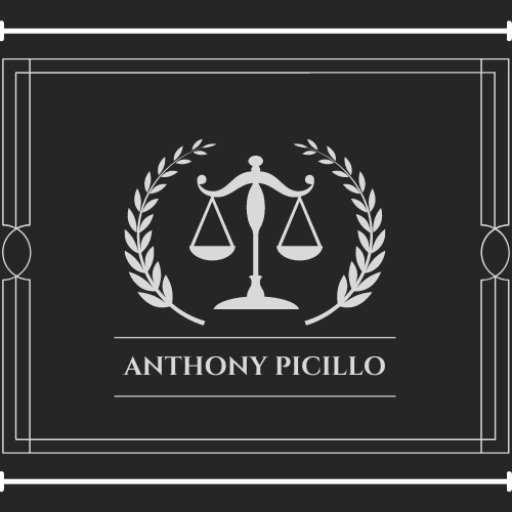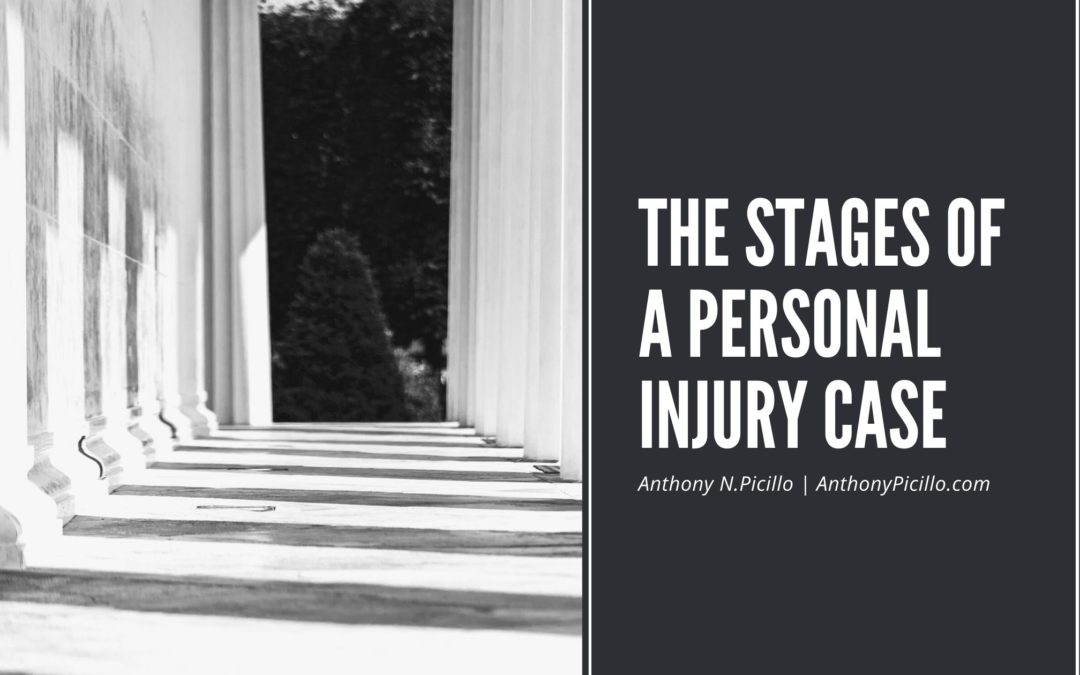Accidents and lawsuits are part of daily life, and yet many people don’t know what to expect when entering the early stages of a personal injury case. While these cases tend to be highly customized and unique, there are certain things that one can always count on.
This article has been written to help you better understand the process that goes into a personal injury case—everything from the start of a claim to the conclusion. From here, readers can delve into more in-depth articles on the subject.
Injury and Treatment
A personal injury case cannot happen without an injury, unfortunately. Therefore, the first step, in any case, is the injury itself. This should immediately be followed by treatment. Not only will this help to handle any medical concerns, but it will also act as proof later in the case.
It can often be challenging to ascertain whether a case is worthwhile before approaching a lawyer for assistance. The severity of the injury, cost of treatment, and even the recovery process all play roles here.
Finding/Meeting with an Attorney
Once individuals have decided to bring the case forward, they must then hire an attorney to assist them. Lawyers specialize in all types of circumstances and will know how to walk their clients through the process.
Filing the Paperwork
Now that an attorney has been hired, it is time for them to file all of the necessary paperwork. This includes filing a claim, contacting any insurance companies (if involved), legally notifying the defendant, and so on.
Fact-Finding and Research
Once all involved have been informed of the case, they will both be given time to research the lawsuit and event. This research will be compiled into evidence, which will later be presented as part of the case.
Pre-Trial Resolutions
Not all personal injury cases make it to a trial. Many are resolved through motions or settlements, while others are dismissed. Settlement is one of the most common pre-trial resolutions and is something that should always be considered.
Trial
If mediation and settlements don’t create a resolution, the case will go to trial. This process can be as short as half a day, or as long as a week (or more). Here all evidence will be presented to the judge and jury, who will then decide a verdict.
Collection/Judgement
Following the trial, the jury will reach a verdict. However, this is not the end of the process. Money must be collected, which is not always as simple as it sounds. Usually, the attorney will take charge of collecting and distributing the awarded funds.
Appeal
Following a trial and decision, there is always the option for appeal. Naturally, this will prolong the process but is available if one or both parties are not satisfied with the outcome.

